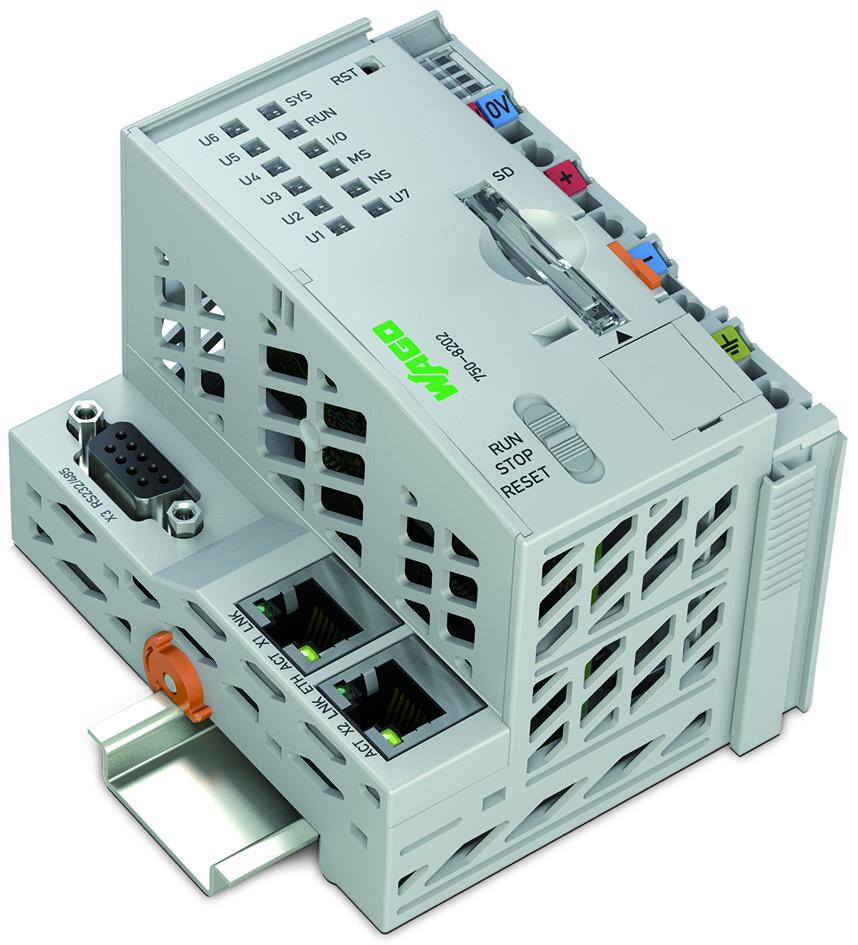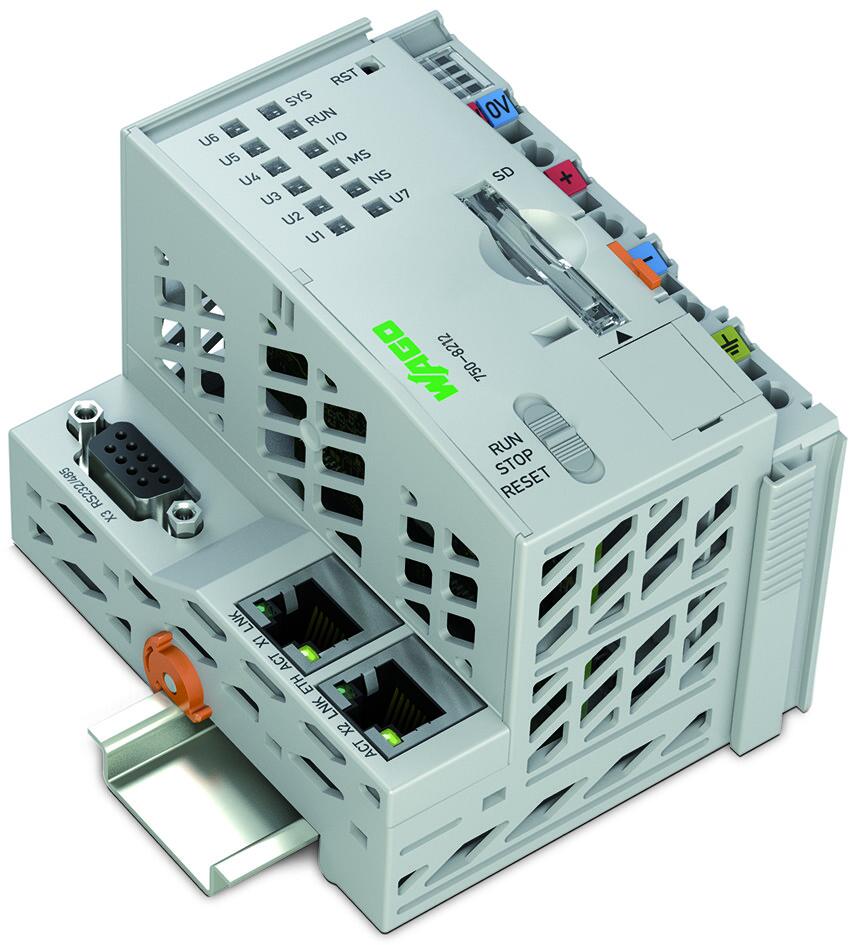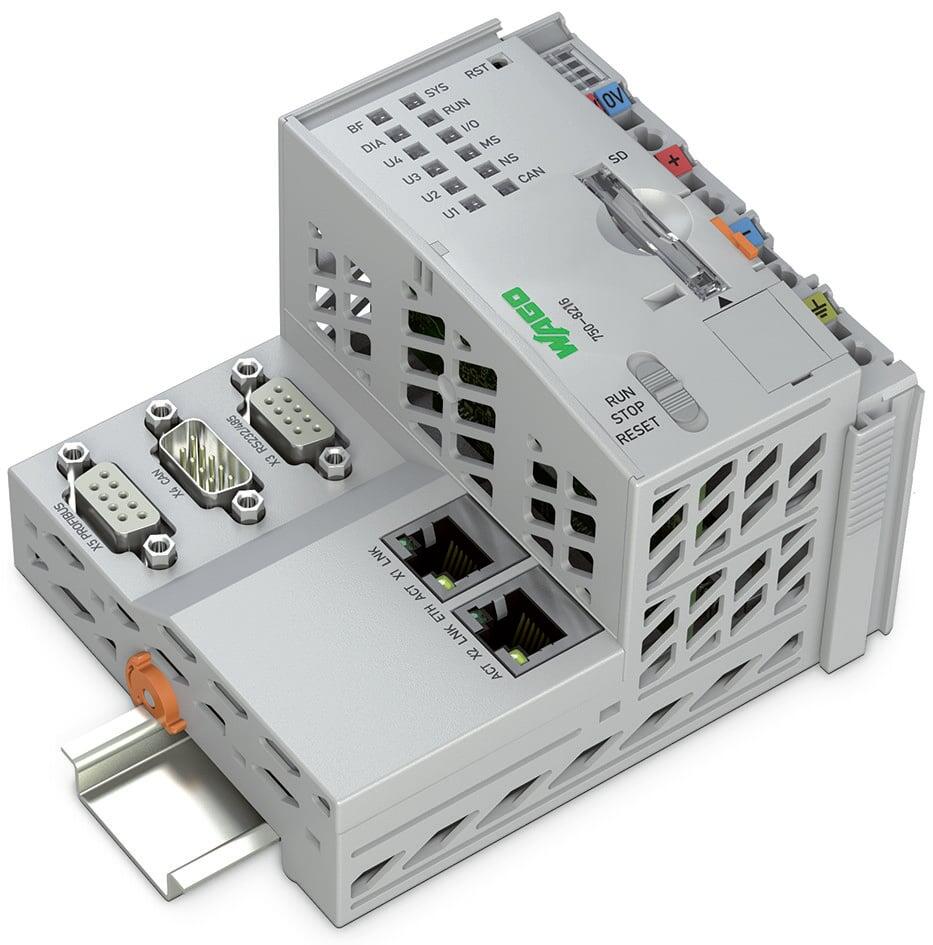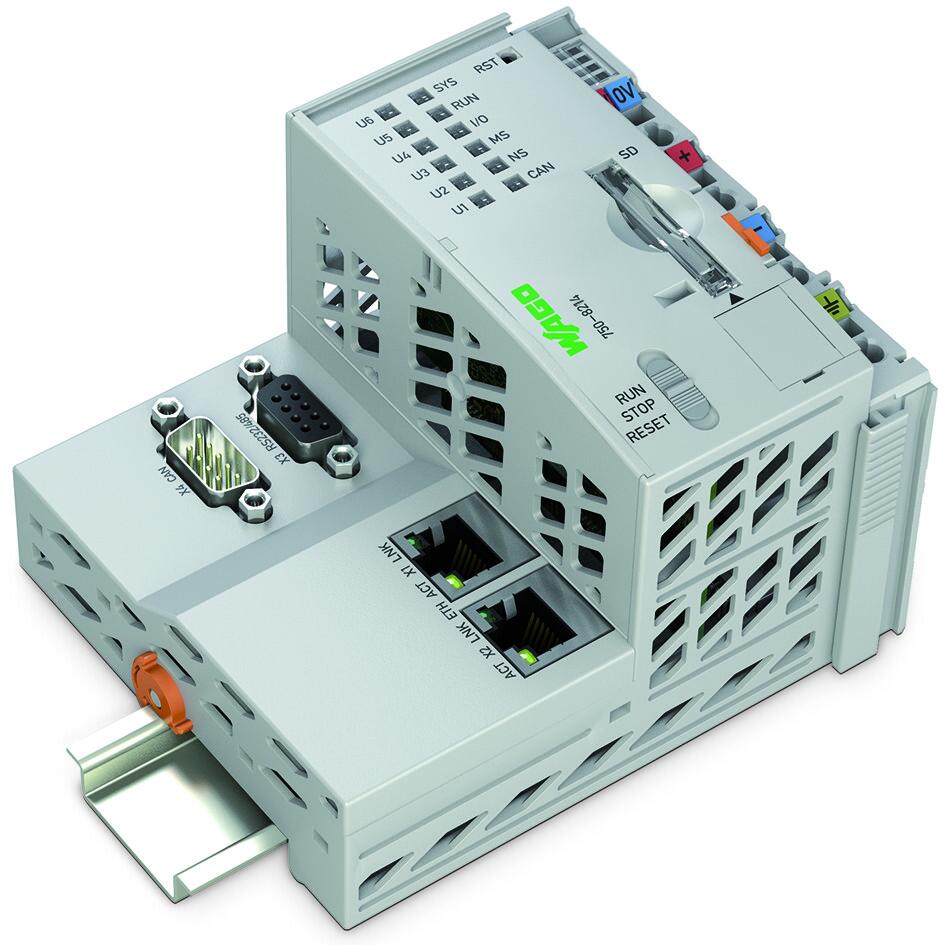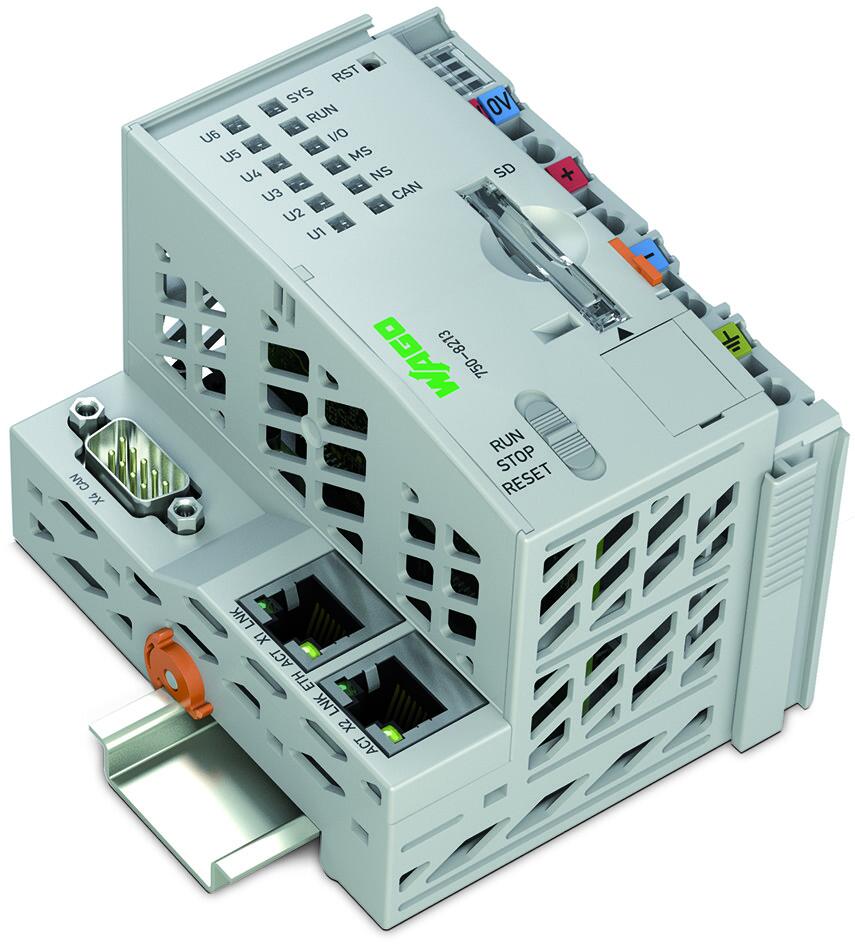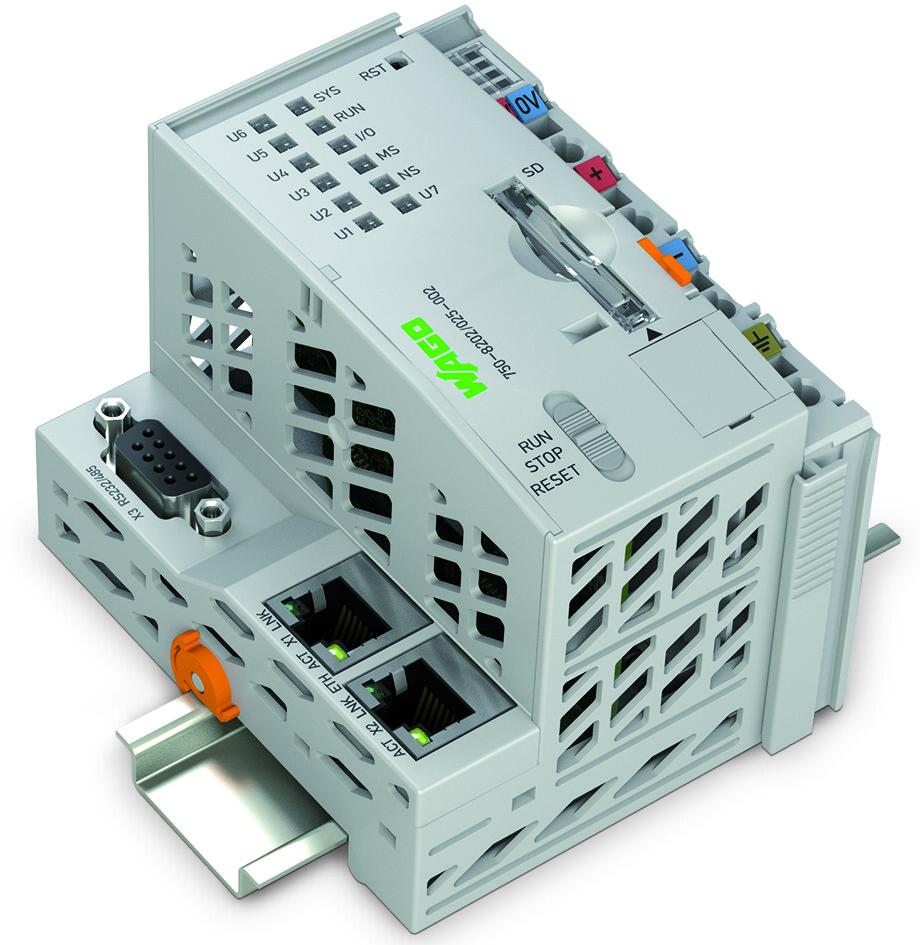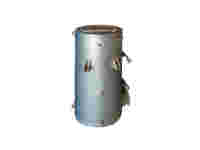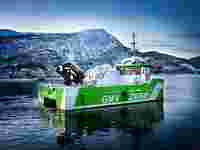Using Urea Against Nitrogen Oxides
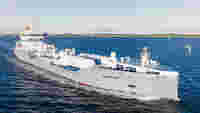
Diesel engines are currently at the center of environmental debates – not only in the auto industry, but also in maritime shipping. This is because ocean-going vessels can generate substantial amounts of environmentally damaging pollutants. The nitrogen oxides (NOx) created specifically during the combustion of diesel fuels are considered hazardous to human health, as they can damage the respiratory tract and the cardiovascular system. Göteborgs Energy Systems AB (GESAB) manufactures systems with Selective Catalytic Reduction (SCR) for use in diesel engines in larger ships. As a result, nitrogen oxide emissions are substantially reduced.
The global shipping industry is under a lot of pressure to reduce exhaust gas emissions due to stricter regulatory guidelines and rules. Consider two examples from Scandinavia: In Sweden, all ships pay an emissions levy upon entering a new harbor; in Norway, a tax is levied per kilogram of nitrogen oxide emitted by each ship. One effective strategy for shipping companies needing to reduce NOx emissions while saving money through lower taxes and fees is based on SCR technology. “Selective Catalytic Reduction” technology initiates a chemical reaction that converts damaging nitrogen oxides in the exhaust gases into nitrogen (N2) and water (H2O).
SCR technology makes shipping a bit cleaner.
As a part of the exhaust gas system, the SCR systems are located on the ship directly downstream from diesel engines in the exhaust gas system. The urea is stored in a separate tank and is guided to the metering device in the exhaust gas system via conduits.
